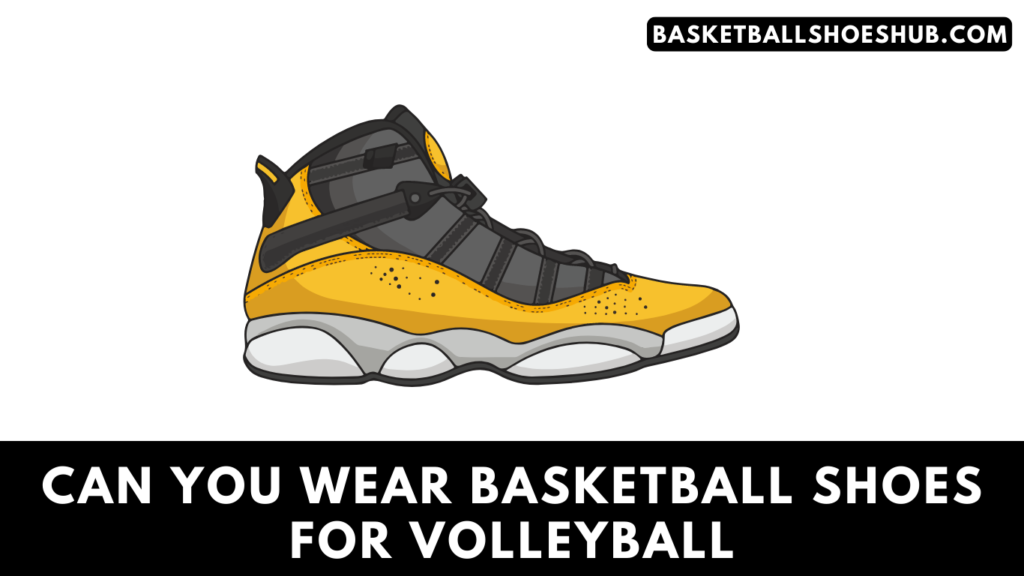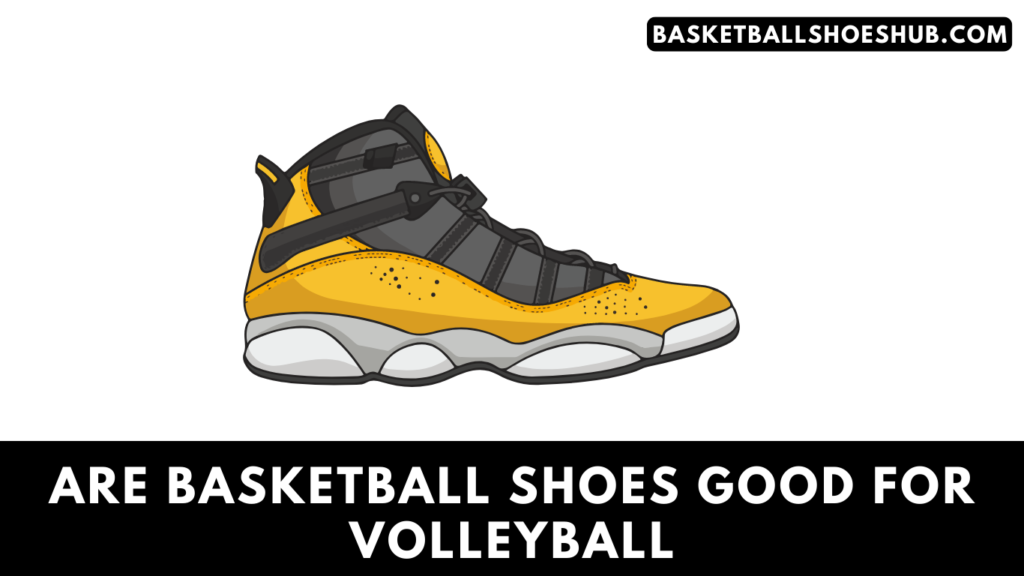Finding the right footwear for weightlifting is crucial for maximizing performance and ensuring safety during intense training sessions. If you’re a weightlifter considering using basketball shoes for your workouts, you’ve come to the right place. In this article, we’ll delve into the topic of whether basketball shoes are suitable for lifting weights. Our expert advice will help you make an informed decision that enhances your lifting experience, while prioritizing your safety and performance in the gym.
Understanding the Differences: Basketball Shoes vs. Weightlifting Shoes
Basketball shoes and weightlifting shoes are designed for different purposes, each tailored to meet specific needs. Basketball shoes are created to provide support, cushioning, and stability for dynamic movements on the basketball court, with an emphasis on ankle support and shock absorption. In contrast, weightlifting shoes prioritize stability, grounding, and proper weight distribution to optimize performance during heavy lifts.
Why Optimal Footwear Matters in Weightlifting
When it comes to weightlifting, wearing appropriate shoes can significantly impact your performance and safety. Here are a few reasons why optimal footwear matters in weightlifting:
1. Stability and Support: Weightlifting shoes are specifically engineered with a raised heel, firm sole, and sturdy construction to enhance stability and support. These features help you maintain proper form, increase power transfer, and reduce the risk of injuries while performing lifts such as squats, deadlifts, and Olympic lifts.
2. Improved Lifting Technique: The elevated heel in weightlifting shoes promotes better ankle mobility, allowing for deeper squat positions and improved overall lifting technique. This can lead to increased range of motion, better muscle activation, and enhanced performance during lifts.
3. Grounding and Balance: Weightlifting shoes offer a solid and secure base, providing optimal grounding and balance during heavy lifts. The rigid sole helps prevent foot movement and ensures maximum force transmission from the ground to your body, aiding in maintaining stability and preventing energy loss.
4. Safety: Proper footwear in weightlifting minimizes the risk of slipping or sliding during lifts, reducing the likelihood of accidents or injuries. Weightlifting shoes with secure straps or laces provide a locked-in fit, preventing foot movement and enhancing overall safety in the gym.
Guidelines for Choosing the Right Footwear
While basketball shoes may not be ideal for weightlifting, if you find yourself without weightlifting-specific shoes, here are some guidelines to help you make an informed decision:
1. Flat and Stable Shoes: Look for shoes with a flat and non-compressible sole that provide stability and a solid base. Avoid shoes with excessive cushioning or a raised heel, as they can compromise stability and proper weight distribution during lifts.
2. Secure Fit: Ensure that the shoes provide a snug and secure fit to prevent foot movement. Look for models with straps, laces, or closures that allow you to tighten the shoes firmly around your feet.
3. Good Traction: Opt for shoes with a rubber or grippy outsole to provide adequate traction and prevent slipping during lifts. A solid grip on the ground is crucial for maintaining stability and safety.
4. Consider Minimalist Shoes: If you prefer a barefoot-like experience, you may consider minimalist shoes that offer a thin sole and zero-drop design. These shoes promote natural foot movement and proprioception, but ensure they still provide adequate stability and support for weightlifting.
5. Consult with Experts: If you’re uncertain about the right footwear choice, consult with weightlifting trainers or footwear experts who can provide personalized advice based on your specific needs, lifting style, and goals.
Conclusion:
While basketball shoes are designed for dynamic movements on the court, they may not provide the necessary stability and support required for weightlifting. Investing in weightlifting-specific shoes can significantly enhance your performance, safety, and overall lifting experience. By following the expert guidelines outlined in this article, you can make an informed decision and select footwear that optimizes your lifting technique, promotes stability, and reduces the risk of injuries. Remember, prioritizing the right equipment is crucial for achieving your fitness goals and maximizing your potential in the weight room. Lift smart, lift safely, and enjoy the rewarding journey of weightlifting!
FAQs: Are Basketball Shoes Good for Lifting?
1. Can I use basketball shoes for weightlifting if I’m a beginner or lifting lighter weights?
While basketball shoes may offer some level of stability and support, they are not ideal for weightlifting, even for beginners or lighter weights. Proper weightlifting shoes with a flat and stable sole, elevated heel, and secure fit provide essential features to enhance stability, grounding, and proper weight distribution. Investing in weightlifting-specific shoes will benefit your lifting technique, safety, and overall progress in the long run.
2. What are the risks of using basketball shoes for weightlifting?
Using basketball shoes for weightlifting can pose several risks. Basketball shoes typically have a cushioned sole and may lack the stability and grounding required for heavy lifts. The lack of a raised heel in basketball shoes can limit ankle mobility and hinder proper squat depth. Additionally, basketball shoes may not provide the secure fit and traction needed for safe and effective lifting, increasing the chances of slipping or sliding during lifts.
3. Can I wear weightlifting shoes for other activities like basketball or running?
Weightlifting shoes are specifically designed for stability and support during weightlifting exercises. They are not suitable for activities like basketball or running, which require different features and characteristics in footwear. Weightlifting shoes have a rigid sole and elevated heel, which can restrict natural foot movement and hinder agility required for activities outside of weightlifting. It’s recommended to have sport-specific shoes for each activity to optimize performance and prevent injuries.
4. Can I achieve similar results with basketball shoes and proper form during weightlifting?
While proper form is essential in weightlifting, wearing basketball shoes alone is unlikely to compensate for the benefits provided by weightlifting shoes. Weightlifting shoes are designed with specific features to optimize stability, grounding, and weight distribution, which contribute to improved performance and reduced risk of injuries. While maintaining proper form is crucial, investing in weightlifting shoes will further enhance your lifting experience and maximize your potential in the gym.
5. Can I use flat-soled training shoes as an alternative to weightlifting shoes?
Flat-soled training shoes can be a better alternative to basketball shoes for weightlifting. These shoes offer a stable and non-compressible sole, which allows for better force transfer and weight distribution during lifts. However, it’s important to note that flat-soled training shoes are not specifically designed for weightlifting and may lack some of the features found in dedicated weightlifting shoes, such as an elevated heel. If weightlifting is a significant part of your training routine, investing in proper weightlifting shoes is highly recommended for optimal performance and safety.
Weightlifting shoes are purpose-built to enhance your lifting experience, technique, and safety. They provide the stability, grounding, and support needed for heavy lifts. Making the investment in weightlifting-specific shoes will significantly benefit your progress and help you reach your fitness goals more effectively.



